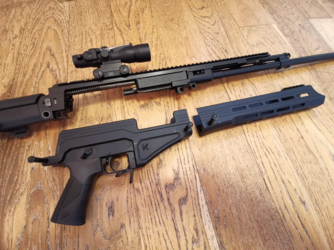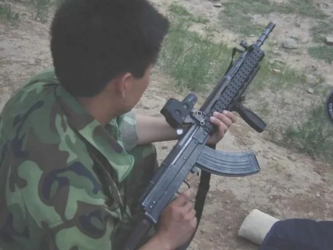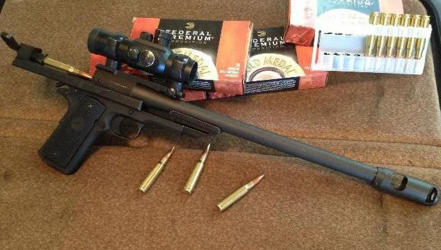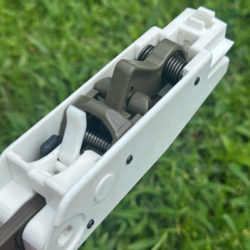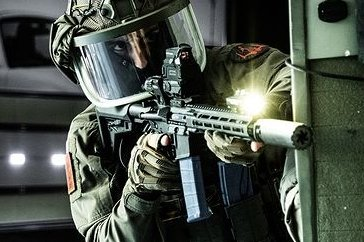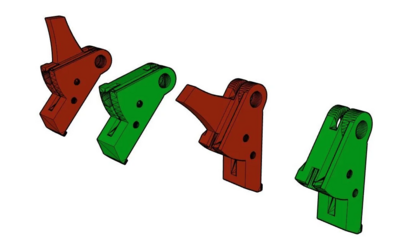i’m already assuming this is a bad rifle. My question is why? What is the difference when these are basically all AR15s? It’s weird to me how almost the exact same product can vary so drastically in price
https://www.primaryarms.com/american-tactical-omni-hybrid-maxx-5.56-ar15-rifle-16-black
while there are only a dozen or so actual forges that make the receivers and uppers, with finish machining either being contracted or done in house and in some cases limited to some specific feature (set screw for uppers) or roll mark (Spike's Tactical, PSA, and many others), the actual assembly of components and selection of components will vary.
the cost of barrels vary between manufacturers (Green Mountain, White Oak, Criterion, Colt, Bushmaster, FN, SIG, Ruger, CLE, et c) and if they're doing significant QA/QC or are gauging everything coming off the bench or just doing batch testing and relying on a couple wrenches and a shared torque wrench, et c.
in the US, labor is the largest single factor for fixed costs - things like rent or materials are typically much much smaller. also what might be a thing is the AR-15 and M16 has been around with compatible parts (more or less) for the better part of 70 years. it's a known product and a lot of very high volumes of parts have been made, so for a manufacturer, the cost of entry to the market is quite low, comparetively. from stocking small parts and certain large parts or assemblies that can be built with hand tools and some machine tools like an arbor press or engraver, it's a shockingly cheap rifle to produce in the US, on the scale of producing an AKM in a former soviet-bloc country.
for the ATI Omni Hybrid in particular, they are also saving on material costs as contracting someone to do the receiver and injection mold it around a frame is less expensive from a manufacturing perspective than doing actual machine setup and milling everything or even just doing assembly on outsourced receivers. some receivers are also flat out better than others when it comes to polymer ones as without good design they are significantly more prone to failure at higher round counts or with rough use (say what you will, but Plum Crazy, and later KE Arms have a good design).
the ATI would make a pretty good .22LR lower host or as a "throw away" AR that will be shot little but has to work in a limited capacity, like varminting in mountains and you don't want to risk your Noveske. so you have your ATI Omni with discount Bushmaster upper so it if goes off a cliff you're out $300 and not $3000.
you are paying for both less questions on the quality, component selection, QA/QC, and fitment as well as whatever aftermarket support is available. for experienced builders, they know the rifle well enough, and the components well enough, that the warranty is functionally a waste of money. for others that are less familiar, buying warranty (which is built into the price of the item since the US basically forces 1 year of warranty by law via implied warranty) is buying peace of mind and the ability to reach out to assistance if needed. there is a tendency for high quality items to have a longer than average warranty because it becomes a selling point that the high quality manufacturer rarely has to honor owing to the product's intrinsic high quality of manufacture.
also:
under $200 for a .380 LCP is a steal.
